|
TRINIDAD is shrinking. On every coast, the ocean is clawing at the land.
A dramatic example of this unstoppable force was the collapse in February of the cliff face in Cedros that consumed almost five acres of land on a peninsula that the experts say is losing as much as two metres of land every year. But long before Cedros, coastal residents have been watching the sea with unease. Coastline erosion is something that often happens imperceptibly slow, over hundreds, thousands of years. But people are seeing landforms reshaped in mere decades. On Trinidad’s rocky north coast, village elders can tell of the stacks and arches, islets and caverns erased in short years, of sand beaches swept away to reveal long buried rock formations, and of seafront homes undermined and lost to a conspiracy of wind, waves, currents, tides and a rising sea level linked to global warming, melting the ice caps and glaciers. On the island’s east coast, the roads to the old cocoa plantations and beaches in North Manzanilla now end abruptly at precipices, and the sea takes chunks of fertile land with every high tide. The bathing beaches between Manzanilla and Guayaguayare are losing the coconut trees and seawalls. Tidal surges have made brackish swampland out of cropland. Beachfront home owners spend a fortune protecting their investment, defending with boulders, tyre revetments, tree trunk groynes, rock cages and concrete embankments. The Atlantic always wins, in the end. In the natural harbour that is the west coast, the battering swells in the Gulf of Paria have been taking back the land reclaimed along the King’s Wharf, San Fernando, at Waterloo’s cremation site and the Temple in the Sea, and overtopping the Mosquito Creek road with increasing frequency. The Shore of Peace Cremation Site would have been lost if not for a $60 million coastal stabilisation, that also stopped the advance of the sea in the Cocal, Manzanilla. But nowhere is the evidence of Trinidad’s losing battle more striking than on the south coast with its retreating clay and sandstone cliffs. Here is it recorded that up to twelve metres of land have eroded in a single year in areas between Los Iros and Quinam Bay- the location of south Trinidad’s most visited beach, which no longer exists. A similar rate of erosion has taken place along Moruga’s south coastline where at the once popular La Retraite Beach, a visitor must descend a cliff to get to the shore. Moruga is also where you will find more worrisome evidence of what is happening - concrete abutments of flood gates and fishing boat landings now sitting out at sea, the staircases of houses embedded in the sand littered with uprooted forest trees and bamboo groves. At Gran Chemin, Moruga’s main village, the St Peter’s statue erected by custodian of the area’s history Eric Lewis, is now threatened. Its foundation is being licked by the waves finishing off the nearby fisherman shacks and derelict port facility. But it is this very coastline destruction in Moruga that has revealed a piece of Trinidad’s history buried for so long that, when the waves exposed it some weeks ago, few knew what it was. Its presence was brought to our attention by Moruga building contractor and community activist Loretto Miguel who himself wanted to know what the thing was, and whether the State had a plan to stop to damage being done to the fishing facility. If you visit the village coastline at low tide, you will find a thick metal cable emerging from the muddy sea, snaking along the sand, and disappearing into the land near the Moruga Roman Catholic Church. That telegraph submarine cable has been there since 1871, and when it came, it surely changed the course of Trinidad's history. Before its arrival, Trinidad’s only means of communication with the world was by mail. The telephone was not yet invented. A letter to Europe went by ship and a reply would take months. That is, until the invention of the electric telegraph in the 1850s, when morse code could be transmitted through copper wires over long distances in order to communicate by telegram. This would lead, after many failures, to the development and laying of a transatlantic submarine cable in 1858 connecting the United Kingdom with North America, considered one of the great feats of the time. "It is a triumph more glorious, because far more useful to mankind, than was ever won by conqueror on the field of battle" US President James Buchanan messaged Queen Victoria in the first telegram to be exchanged in 1858. The telegraph cable network would expand to include a connection to Cuba, Panama, Jamaica, Puerto Rico, St Thomas, St Kitts, Antigua, Guadeloupe, Dominica, Martinique, St Lucia, St Vincent, Barbados, Grenada, Trinidad and Demerara (now part of Guyana). It is that Trinidad to South America cable connection that has been exposed in Moruga. In the journal of chief engineer and electrician Sir Charles Tilston Bright, the man who oversaw the laying of the cable system for the West India and Panama Telegraph Company, his visit to Moruga examines the proposed landing site is reported as September 9, 1871. Within months of his visit, the island was connected, with it being recorded: “At Trinidad, the Demerara cable was landed at the south-east corner of the island; while the continuing section northwards to Grenada was taken from Macqueripe Bay. The connection to Port of Spain (the capital) on the west side, was made by means of a long land-line A great part of this was erected through dense forest of more than fifty miles, which had to be cleared by a small army of wood cutters for a width of at least forty feet, for a considerable distance”. By 1910, the major countries of the world were connected, and messages that took months to send, could be transmitted in mere minutes. What can be seen in Moruga is part of the thicker section specially designed to withstand the surf at landing sites – a cable with a core of seven copper conductor wires insulated with a type of natural latex called Gutta Percha, bound by an outer layer of steel, and encased in silica and tar, weighing sixteen tonnes to a mile. In all, 4,200 miles of cable was laid by the West India and Panama Telegraph Company, which would come to be known as Cable and Wireless. Source: The Daily Express, Jan 2019
0 Comments
One week before her 79th birthday, Calypso Rose will perform at Coachella, one of the world's biggest music and arts festivals. Rose, real name Linda McArtha Sandy-Lewis, was among the star-studded cast announced for the 2019 festival to be held in California. She was announced for the April 12 and 19 shows which will be headlined by Childish Gambino, Janelle Monae and Diplo, among others Other shows will see the likes of Ariana Grande, Khalid, Solange, Kid Cudi, Pusha T, Wiz Khalifa and a slew of acts from across the world. Commenting on her selection for Coachella on Instagram, Rose said she is so excited." I can’t wait to sing, dance and enjoy this time with all of you," she wrote. Calypso Rose, who was recently awarded the Grand Prize for World Music award at the Sacem Grand Prix in France, has seen a resurgence in her career since she released her album Far From Home in 2016. She has toured throughout Europe and in 2017 won the World Album of the Year at the Victoire de la Musique, considered the French equivalent of the Grammy Awards. In May last year, Rose released her follow up album So Calypso. Source: The Loop Jan 2019  Dominic Kalipersad November 22 at 6:45 PM The town we call Sangre Grande came into being because of the railway. The name was imposed on an older village called Cunapo which virtually disappeared after the railway system was extended from Arima in August 1897. According to historian Michael Anthony in his book “Towns and Villages", although the signboard said ‘Sangre Grande Railway Station,' the train in fact stopped at Cunapo. Sangre Grande village was on a hill about two miles east of Cunapo. With the advent of the railway, people moved to Cunapo to be near to the trains. And so the old Sangre Grande died and Cunapo came to be called Sangre Grande. Ironically, the name Sangre Grande existed long before this period. It came about in the late 1770s when Spanish surveyors were charting the island. They found that the water of the larger tributary of the Oropouche River was red as blood, and gave it the Spanish name Sangre Grande, which translates in English to mean Big Blood. Now, Sangre Grande has grown into the largest town in northeastern Trinidad, with a population exceeding 20,000. The name Cunapo (Carib word meaning 'red mangrove') is virtually gone, although some people still refer to Sangre Grande by that name, and some institutions still carry Cunapo in their name. The Trinidad Government Railway system ceased in December 1968.  Williams, 71, died in Barbados on December 11. Pamela was one of two children Williams had with his first wife, Elsie Ribeiro, and was named Elsie after her, though she was known by her middle name. Williams also had a son, Alastair, with Ribeiro. He had another daughter, Erica Williams-Connell, with his second wife, Soy Suilan Moyou. Pamela’s funeral took place yesterday at the Chapel of Coral Ridge Memorial Gardens in Barbados. She will be cremated on Friday. Former People’s National Movement stalwart Ferdie Ferreira said he did not interact with Pamela as much as he did with Erica and Alastair, but said he remembered Pamela as a “decent, classical person” and was aware she had a “very powerful academic career.” Pamela was a retired regional representative of the Inter-American Development Bank and a former Caribbean Development Bank employee. She lived in Wyndham, Strathclyde, St Michael in Barbados.  Today the Chamber of Industry and Commerce is pleased to profile the runner-up in the Small to Medium Entrepreneur category (sponsored by EY) of the 2018 Champions of Business. In 2004, Allana and her husband Bertie Steuart wanted to raise funds to purchase a refrigerator for a community member in need. Instead of doing the usual barbecue fund raiser, Bertie and Allana decided to make pepper sauce using Bertie’s unique recipe. They made 400 bottles of pepper sauce which sold out in record time. After the fundraiser, they started receiving calls for pepper sauce orders and Allana convinced Bertie to make another batch. This second batch sold just as quickly. The demand was continuous so the Steuarts continued production at their home. Eventually, Allana started distributing on a small scale to local restaurants and mini marts. In 2008, a breakthrough came when Tony Roma’s approached her to supply its restaurant on an exclusive basis. In August 2012, the company landed its first major supermarket – Massy Stores (then Hi-Lo). This was the impetus to increasing the brand’s presence in the retail market. Then, in November 2014, PriceSmart approached the company to be its sole pepper sauce brand. This forced the company to scale up their operations. They subsequently moved to Woodbrook. With new staff added and a larger facility, the company was able to increase production significantly. When Allana’s son Logan joined the business in 2015, sales increased significantly, and the company needed to find additional sources of pepper. Logan was instrumental in negotiating supplies from a local farmer with large acreage, who was able to meet the increased demand and with whom Bertie’s has forged a strong working relationship. Logan has also been instrumental in formalizing the company’s operations, its processes and increasing distribution and brand awareness. In 2016, the company moved to its current location in Aranguez. To date, Bertie’s sauces are sold at most major supermarkets like Xtra Foods, JTA and Penny Savers in Tobago and other retailers nationwide. The product is also served at an increasing number of restaurants and restaurant chains locally. Bertie’s pepper sauce has become a household name in Trinidad and Tobago and is one of the most popular commercial pepper sauces on the market. In spite of the company’s success, it has remained true to the original Bertie’s recipe and maintained its commitment to using only fresh local peppers. The Bertie’s product line has expanded and now includes their original Bertie’s Pepper Sauce, a Pimento Sauce and a Scorpion Pepper sauce. Bertie’s continues to be a major buyer of hot peppers and is proud to be a supporter of local farmers. They are “proudly TT” and this is reflected on all product packaging. Allana and Logan are currently exploring possibilities for the export market, starting with the Caribbean. Source: Newsday, Dec 20, 2018 The original purpose of the Royal Botanic Gardens was not for taking wedding pictures and having family outings.
Although the space was open to the public, it was a scientific area for the sole purpose of benefiting the people of Trinidad. Historian Gerard Besson told Sunday Newsday the Royal Botanic Gardens was created in 1818 by Sir Ralph Woodford, who was the Governor of Trinidad from 1813 to 1829. He was the first civil governor with all his predecessors being military men. “He was concerned with developing the island. So he brought with him a group of young people, like himself, who had an interest in modern times, modern for those days, and was interested in the overall development of the place.” One of those men was botanist David Lockhart, who was appointed as first superintendent and was responsible for the layout of the gardens. With the government’s money, Woodford bought a 200-acre estate from Henri Peschier of St Ann’s for £9,160 which was a substantial amount of money at the time. Those 200 acres included the land that is now the Queen’s Park Savannah and the Botanic Gardens. He cleared the area of forest leaving some local plants, made the area now known as the Savannah into a public space, and began laying out a botanic garden. Lockhart, under Woodford, started importing rare trees and plants from all over the world including India, Africa, the far east, other tropical areas. “He (Woodford) was creating a botanical environment. He was creating a park where the people of the town, because it was not yet a city, would be able to enjoy the scenery, the rolling lawns, and would be able to enjoy seeing strange, exotic trees from different parts of the world that would have fruits and flowers–a different kind of environment. From all accounts it was a great success from the very beginning.” Besson explained that the gardens was a place where rare plants and trees were brought to see if they would thrive and could be propagated in this part of the world for industry and agriculture. They were brought with a purpose–to be cultivated so cuttings could be procured and transferred to the various estates on the island for valuable timber and food. He said the samaan trees were brought to provide shade and comfortable grazing for cattle so they could produce more milk. In fact, he said there were so many samaan trees in St Clair because the whole area, from around Wildflower Park in St Clair to Tragarete Road, was pasture land called the Government Farm, where many cattle grazed. Breadfruit in the gardens The first breadfruit tree in Trinidad was also planted at the gardens. It was brought from an island in the Pacific because poor people needed food and breadfruit was filling and healthy. “Woodford made a lot of advancements. He did a lot of things that really made a very big difference to the overall environment.” He said over time, the Botanic Gardens was integrated into the work of the Imperial College of Tropical Agriculture (ICTA), the forerunner to the University of the West Indies, St Augustine campus. The ICTA created a herbarium where it kept a record of all the species of the different plants and trees in Trinidad, both local and imported. “The very economy of Trinidad in the days before the exploration of oil was based on agriculture so it was very important to have, in Trinidad, an experimental station like the Botanic Gardens. And it was very important to have a college of agriculture, which became, over time, the university where agriculture would be studied, experimented with, and treated as a science. So the connection between the university and the Botanic Gardens was once a very strong, living connection.” According to information from the Ministry of Agriculture, Land and Fisheries, after the death of Lockhart in 1845, there were several others who contributed to the uniqueness of the gardens. These included William Purdie from 1846 to 1857, Dr Herman Kruegar, a trained apothecary, and Henry Prestoe from 1864 to 1886. The rise of tropical agriculture From 1878 to 1879, the gardens expanded with purchase of St Clair Estate and there was an increased collection of ornamental plants obtained from Kew and other parts of the world. Many new plants and crops of potential economic value were also introduced, distributed and exchanged throughout the world including cocoa, coffee, tea, mango, mangosteen, palms, varieties of sugar, rubber, and more. During John Hart’s appointment to superintendent from 1888 to 1908 there was a renewed search for alternative cash crops for the colony, including spices, ginger, tobacco, citrus and various types of timber. The ministry document stated, “In 1897, The Norman Commission defined the role of the Botanic Gardens: The introduction and experimental cultivation of economic plants to secure improved varieties of such plants, and especially of sugar cane. It should comprise a branch for the teaching of tropical agriculture, and should form a centre from which teachers would be sent to give practical lessons in the cultivation of tropical plants and the selection of suitable locations for growing them…In the mean time the Botanical Department in Trinidad should encourage the introduction and growth of the better descriptions of fruit, and give instructions as to the best means of cultivation and packing fruit for export.” Over the years, however, things changed. Besson noted that trees that were over 200-years-old were cut down for various reasons, including that some were rotting. However, he said they were not replaced with other exotic trees but with “common” plants like crotons and bougainvillea. “So the idea of keeping it as a place where you would bring a rare tree from a distant place and plant it has gone. It seems the people who look after it today don’t have those ideas in mind. They just want to keep it as a park rather than a scientific place.” One of the oldest botanic gardens Speaking at the official postal stamp launch in commemoration of the bicentennial anniversary of the Royal Botanic Gardens on December 6, Agriculture Minister Clarence Rambharat said we were living in a society where many people lacked foresight and were “not even planning for the next two years, let alone, 200.” He said, “The Royal Botanic Gardens has a tremendous history but perhaps the most important thing we can do in its 200th year is to reflect on those persons who had the foresight to make an investment into the future. What we enjoy today at the Royal Botanic Gardens is the result of an investment in attitudes and I commend those who have been involved in it and who have created something which we can all enjoy.” Not only enjoy, but be proud of. According to the ministry, the Royal Botanic Gardens is one of the oldest botanic gardens in continuous operation in the western hemisphere. It occupies 61.8 acres (25 hectares) and has assortment of over 600 plants–approximately 13 per cent indigenous to Trinidad and 87 per cent from every continent of the world. In addition to the plants, the gardens, located north of the Queen’s Park Savannah, has a small cemetery, known as God Acre. There, several British government and military officials and their families are buried. The last person to be buried there was Lady Thelma Hochoy, wife of the first Governor General of TT, in 2010. She was buried next to her husband, Sir Solomon Hochoy. The Botanic Gardens are open to the public daily from 6 am to 6 pm. Source: Newsday Dec 2018  Friends, family, the musical fraternity and the country at large are mourning the passing of yet another musical icon, Dr Andrew Marcano, aka Lord Superior, fondly known by friends and family as 'Supie'. Superior passed away on November 24, 2018 in New York, after ailing for some time. TUCO Trinidad and Tobago issued a statement on Sunday, hailing Marcano's musical genius and passionate spirit. "For the third time in less than a month, the calypso fraternity is plunged into mourning another calypso icon, with the death of Dr Andrew Marcano, also known in the calypso Industry as Brother Superior who passed away on Saturday 24th November 2018, after ailing for some time now." "Supie as he was fondly called, was one of those special bards who advocated for years, that there should be more calypso played on local radio stations to the point that he laboured for over twenty years until he was afforded a radio license from the government." "He called his station Superior Radio and was one in those days that played calypso music twenty-four hours each day," the statement said Dr Marcano was known for always being impeccably dressed. "One of the bards who was always dressed to kill as we say in T&T, he will be remembered for the life of our cultural history." "On behalf of the Trinbago Unified Calypsonians Organisation, once again the President Mr Lutalo Masimba and his General Council along with the entire TUCO membership, we sincerely extend our deepest condolences to his immediate family around the world and here in T&T." "May the soul of the late Dr Andrew Marcano aka The Brother Superior rest in peace with our calypso ancestors. Funeral arrangements will be forthcoming as they are received by TUCO," the statement said. Friends, family, the musical fraternity and the country at large are mourning the passing of yet another musical icon, Dr Andrew Marcano, aka Lord Superior, fondly known by friends and family as 'Supie'. Superior passed away on November 24, 2018 in New York, after ailing for some time. TUCO Trinidad and Tobago issued a statement on Sunday, hailing Marcano's musical genius and passionate spirit. "For the third time in less than a month, the calypso fraternity is plunged into mourning another calypso icon, with the death of Dr Andrew Marcano, also known in the calypso Industry as Brother Superior who passed away on Saturday 24th November 2018, after ailing for some time now." "Supie as he was fondly called, was one of those special bards who advocated for years, that there should be more calypso played on local radio stations to the point that he laboured for over twenty years until he was afforded a radio license from the government." "He called his station Superior Radio and was one in those days that played calypso music twenty-four hours each day," the statement said Dr Marcano was known for always being impeccably dressed. "One of the bards who was always dressed to kill as we say in T&T, he will be remembered for the life of our cultural history." "On behalf of the Trinbago Unified Calypsonians Organisation, once again the President Mr Lutalo Masimba and his General Council along with the entire TUCO membership, we sincerely extend our deepest condolences to his immediate family around the world and here in T&T." "May the soul of the late Dr Andrew Marcano aka The Brother Superior rest in peace with our calypso ancestors. Funeral arrangements will be forthcoming as they are received by TUCO," the statement said. His son, Moriba Marcano, said in a social media post that the calypso icon was a visionary of his time. "RIP Dr Andrew 'Lord Superior' Marcano, my dad just passed in NY, one of his favourite places in the world, where he was set to be a star in the 1960's before deciding to return to Trinidad in an attempt to assist the burgeoning nation in forming its cultural identity." "He was a great man and a visionary of his time writing songs to help guide humanity in general and his people in specific. Sadly misunderstood and underappreciated, I studied the man like a text book and I only hope that his genius and goodwill will be more easily recognized in the afterlife. I loved you dad," he said. Actor Michael Cherrie also issued his condolences: “Remembering Andrew Marcano - Lord Superior RIP... calypso great...make new and wonderful vibrations in that new realm...my deepest condolences to you, Moriba Marcano...Godspeed Supie...” Jazz musician Etienne Charles issued his condolences via social media: "Dr. Andrew Marcano aka Brother Superior aka Lord Superior aka Supie. the consummate Gentleman, class act, pillar of knowledge, guiding counselor and boss calypsonian. Thanks for your friendship, musicianship and clever wit. I'll say your name forever. my heart and condolences go out to your family and loved ones," he said. Minister of Agriculture, Lands and Fisheries, Clarence Rambharat, also acknowledged Dr Marcano's monumental contribution to local culture. "Dr Andrew Marcano - Rio Claro’s Lord Superior has gone. So much remains to be told- seeing the greats at Crown Theatre and the train as Rio Claro’s connection to the best artistes of the day; living with Spoiler; campaigning for local content in the airwaves and completing more than 60 years in calypso," he said. Dr Marcano was born in Rio Claro in 1938 and made his debut into calypso at the age of 16 singing a calypso called "Coconut" at the Victory Calypso Tent in Port of Spain. In those days he was considered to be the youngest Calypsonian to perform locally. Some of his memorable calypsoes were, Spread Joy, San Fernando Carnival, Saga T'ing, We want a day, Standardise Pan, Cultural Assassination and Put the women on top. He was awarded the Hummingbird medal Silver in 2015 and received his Honourary Doctor of Letters at the 2017 graduation ceremony at the University of the West Indies in Trinidad. He was considered to be the first calypsonian to produce a record on his own record label, the first to Perform at the Madison Square Gardens, in New York, USA, and the first to produce a full-length calypso musical. He would have celebrated his 81st birthday next month. "Rest in peace Bro Superior. You truly did it your way," said TUCO. |
T&T news blogThe intent of this blog is to bring some news from home and other fun items. If you enjoy what you read, please leave us a comment.. Archives
May 2025
Categories
All
|
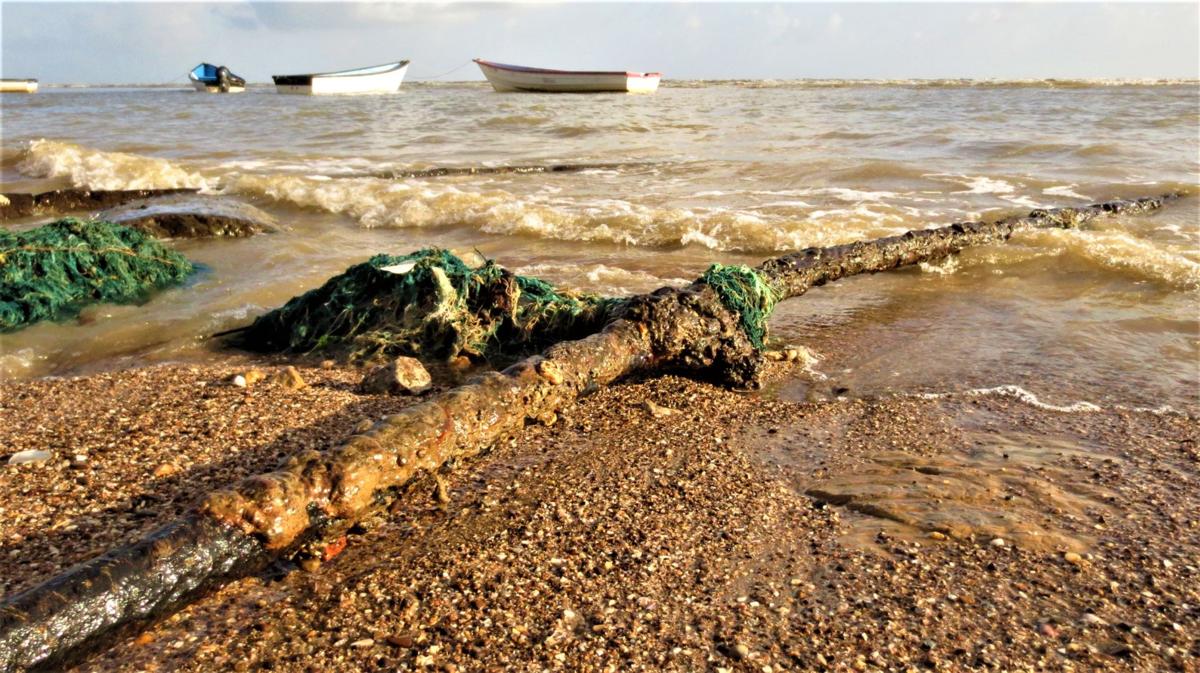

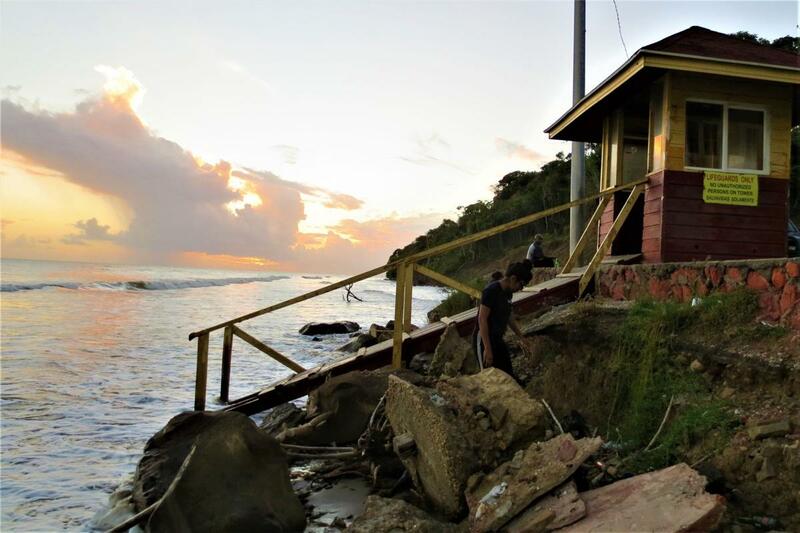
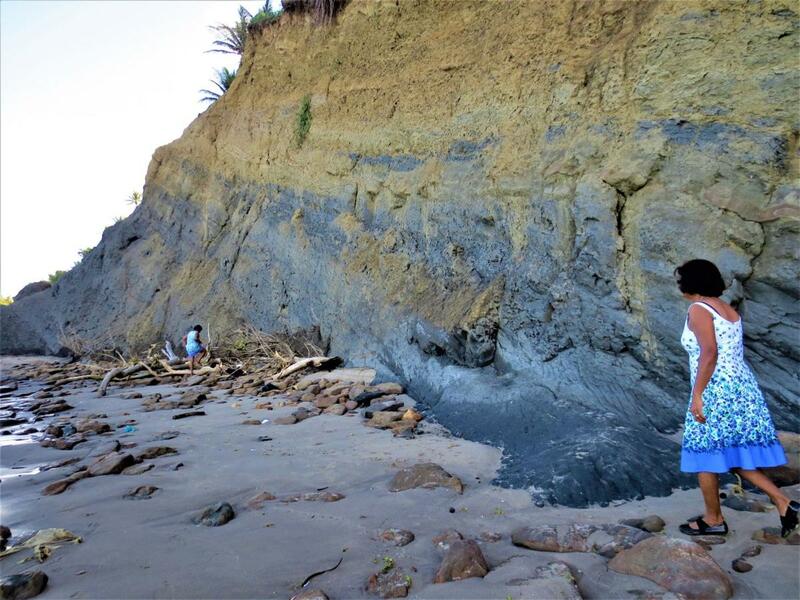
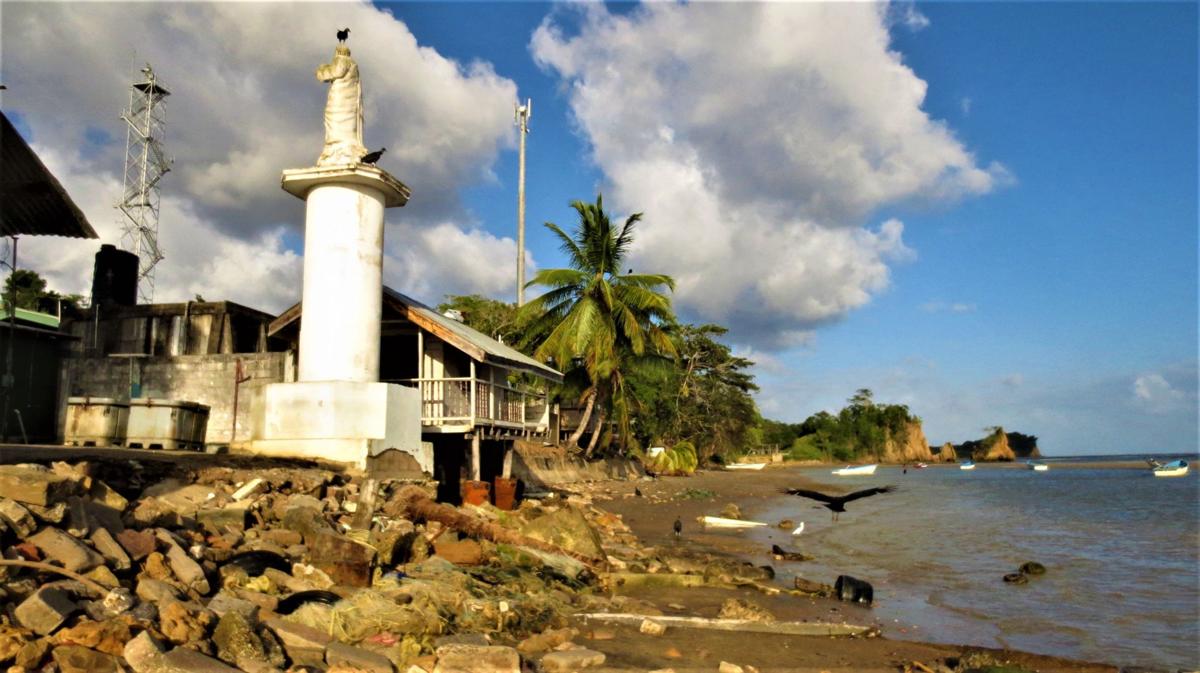
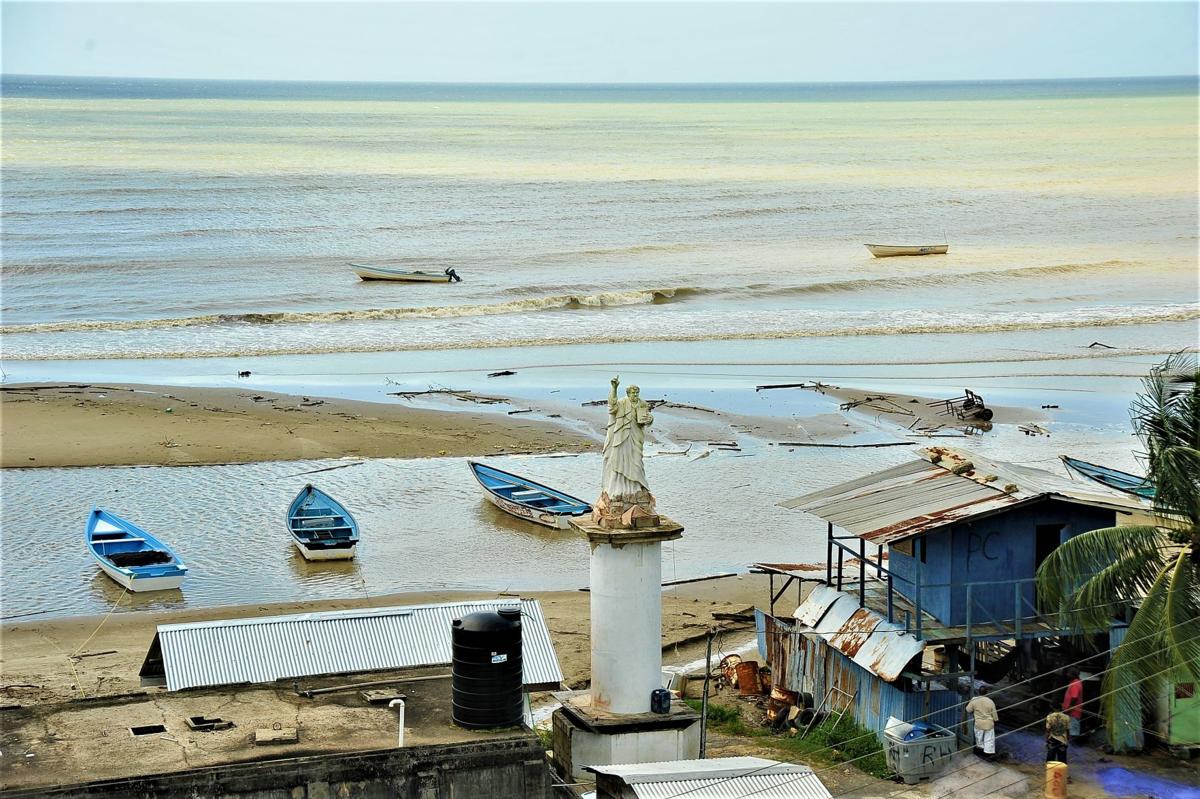
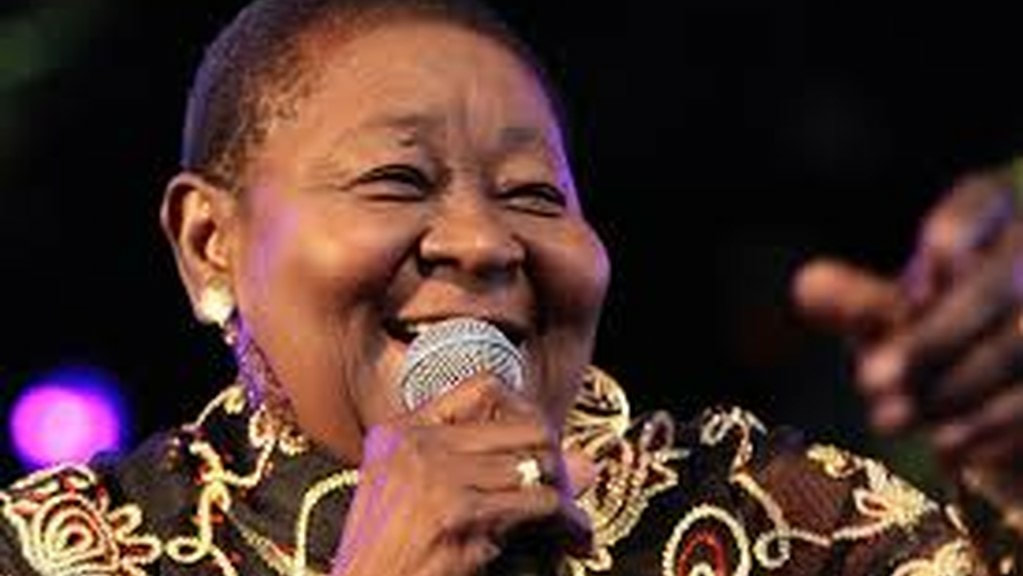


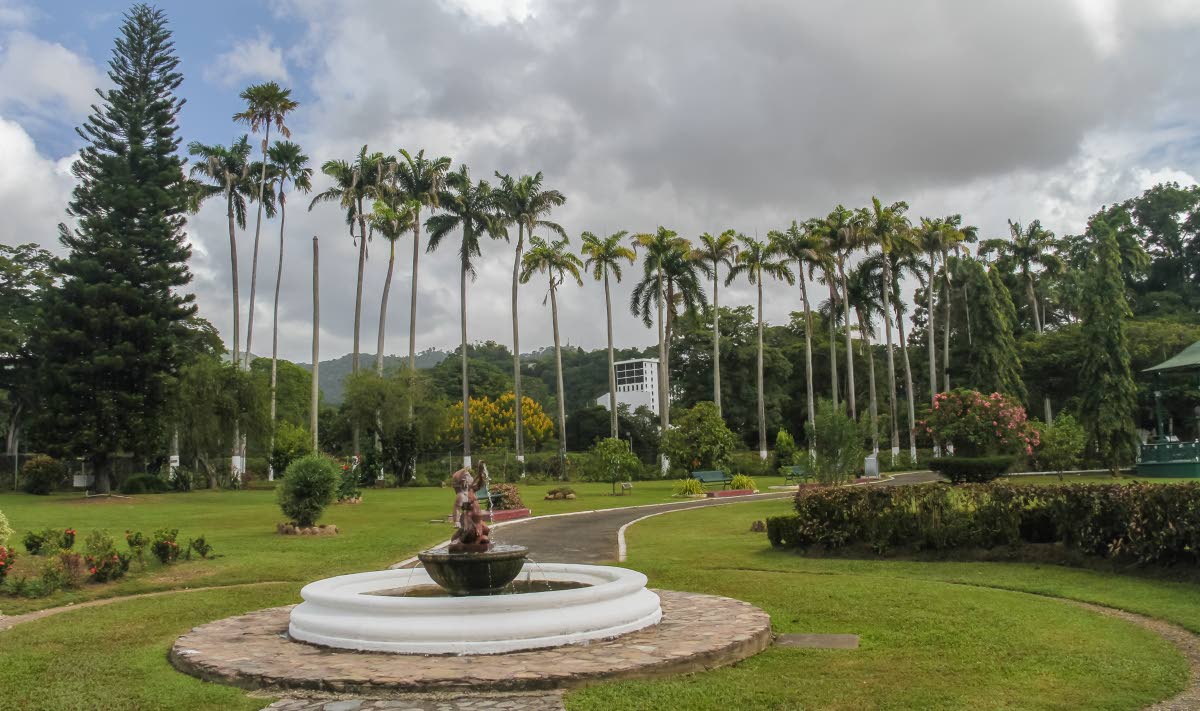

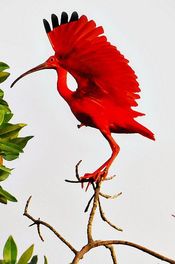
 RSS Feed
RSS Feed